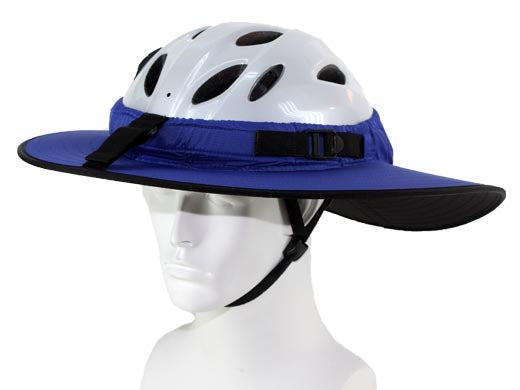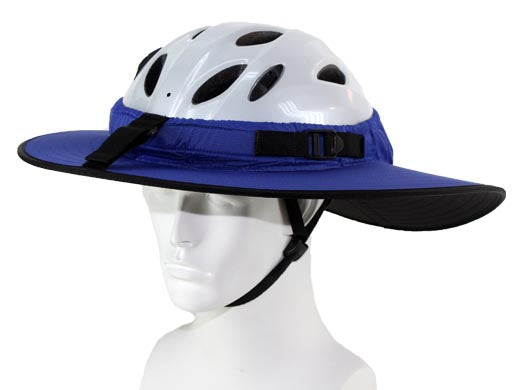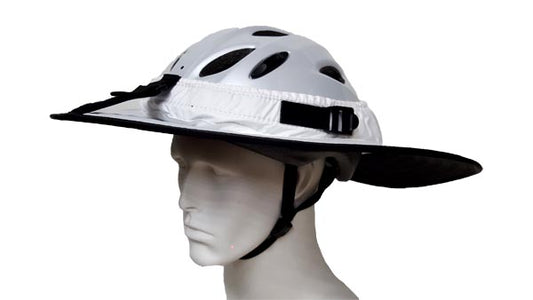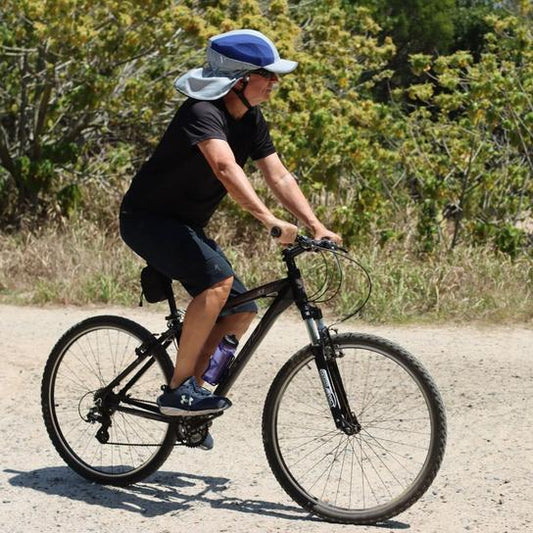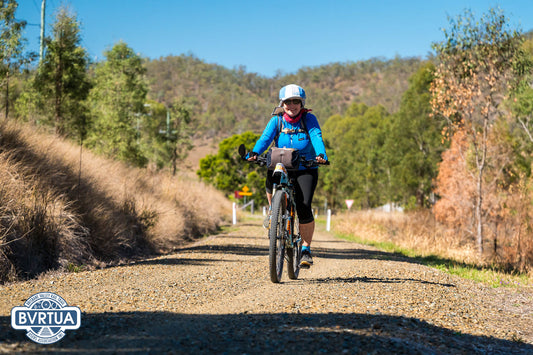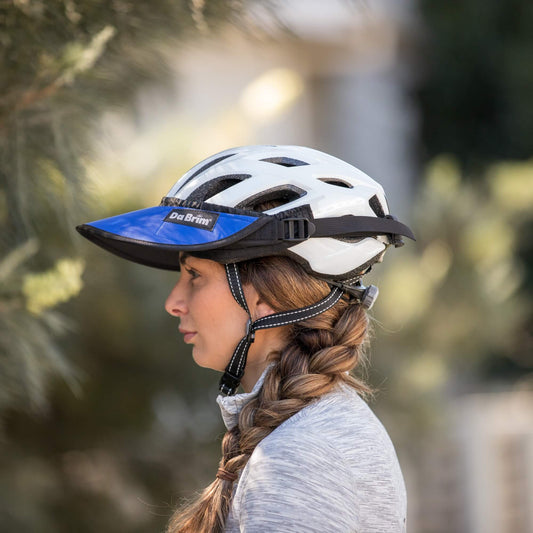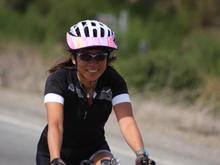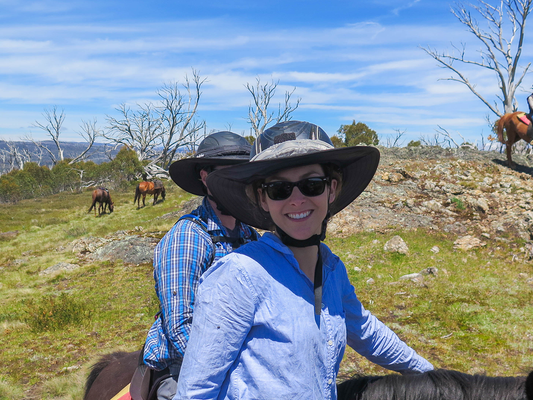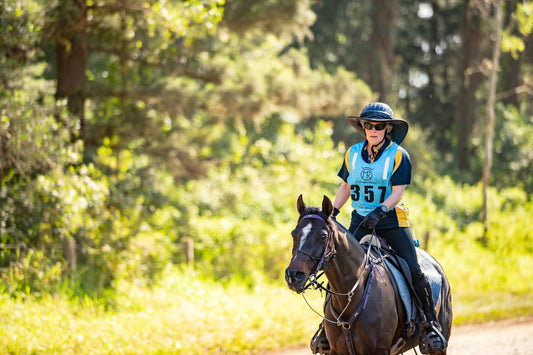Riding a bike has many health benefits. Besides exercise, pedalling every day keeps your mind active and engaged, improves your joint mobility and decreases your stress levels. Whether you hit the road as a competitive cyclist or are more of a recreational or functional rider, safe cycling is a must.
Wear the right gear
The majority of cyclists who have serious and even fatal accidents were not wearing helmets. Aside from sun protection, bike helmets reduce the risk of injury by up to 74 per cent. Get in the habit of wearing a helmet for your own good. In addition to this, you should also wear bright colours, even in the daytime. Your shirt will act as an early warning device for anyone behind you.
At night, it is all the more important that you stay away from dark-coloured attire. If possible, fit your helmet with a light, and invest in pedal reflectors. White lights on the front of your bike and blinking red lights at the back will help you stand out for car drivers.
Take care of your bike
Always keep your bike in top shape by maintaining and cleaning its parts regularly. Do regular bike checks; this article can help you get started on a maintenance routine. In addition to upkeep, you could care for your bike by handling it correctly. Though it is not fragile like a glass sculpture, you should not be reckless when using it either.
Be careful when using the brakes. Do not slam on the front; if you must stop suddenly, use the back brakes and lean backwards. Though your intuition is to lean forward and brace for impact, leaning backwards keeps you from flying over the handlebars and injuring yourself.
Always know the day’s weather
Before heading out for the day, always check the weather report. Bikers should always be protected against the elements. Invest in a bike helmet with a brim attachment—this should keep the light out of your eyes and help you ride safely during sunny days.
When it is raining, be vigilant. Bike wheels may slip and skid on wet roads. Watch out for road markings that create slick surfaces and take wider turns to avoid these. You can also ask your local bike shop to reduce your tyres’ pressure to reduce the risk of slipping.
Obey traffic signals
Just because bikes have fewer wheels than cars, that does not mean we should go light on observing traffic rules. Since bikers use the road, they should follow traffic signals and road markings. If the city you are biking in has a dedicated bike lane, use it; do not give bikers a bad name by being one of those who weave in and out of traffic.
Ride with the traffic, not against it, and follow the traffic lights; when the lights turn yellow, do not sprint to beat it. Likewise, do not keep biking if your lane is red. It is just an invitation for an accident to occur. The best approach is to yield to both pedestrians and the traffic.
Be alert when biking
It can be tempting to zone out, especially if you are familiar with a particular area. However, this can also lead to accidents. Be wary of parked cars; sometimes, people open car doors without warning, and a door might hit you as you bike past a car. Also, be on the lookout for cars backing out of driveways or suddenly appearing at intersections and turn lanes.
Conclusion
There will always be distracted motorists and pedestrians, so keep yourself from figuring in an accident by practising bicycle safety. Be responsible for protecting yourself on the road, and check if you are following our tips for keeping yourself when biking.
Protect yourself on the road by wearing a bicycle helmet. Get your helmets from Sun Brims—we are the New Zealand distributors of Da Brim Helmet Brims and Visors. Browse our store for cycling, equestrian, climbing, paddling helmets, and more!
